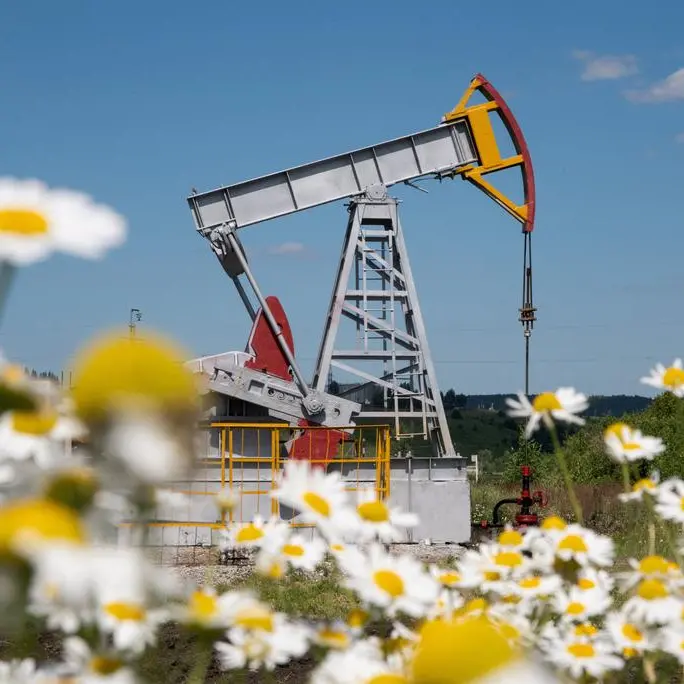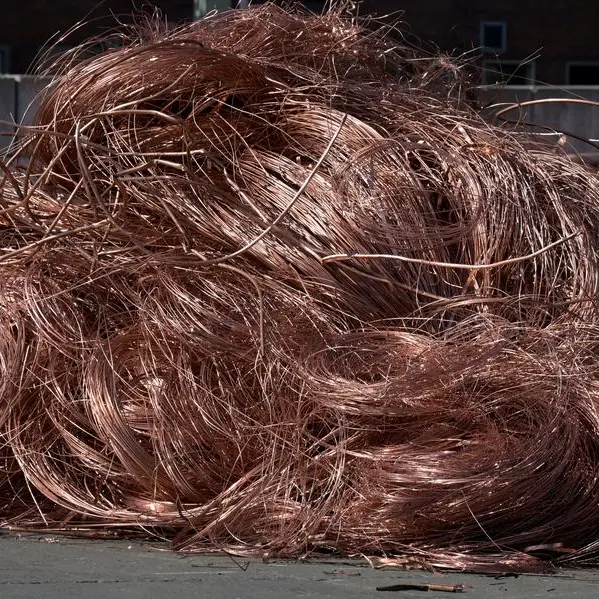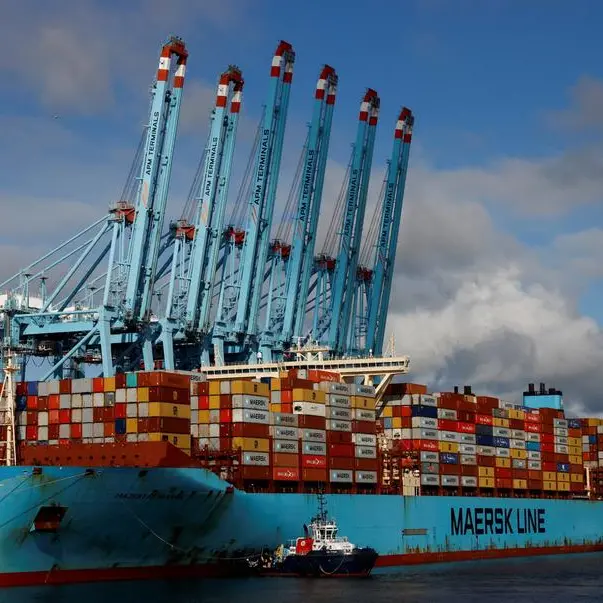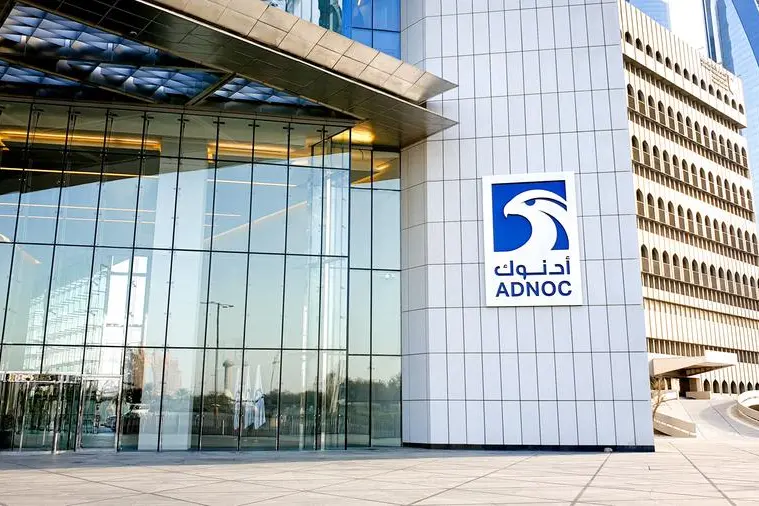MUSCAT -- PFA (fly ash), a residue produced from the burning of pulverised coals in power station furnaces, is to fortify concrete structures under construction across the country offering environment- affability and durability. A seminar to dole out further information and benefits of using fly ash for the specifiers, consultants and contractors is being held at the hotel Park Inn, Al Khuwair today.
"Our generation in many countries is based on burning fossil fuels. One of the main fossil fuels is coal and if coal is burned in our power stations to produce electricity, the result is ash", says George Dirk, Chairman of the Dirk Group of Companies. "This ash is produced in vast amounts and in India alone, we produce 140m tonnes of fly ash per year. Fly ash is the ash which would normally be blown out of the chimney of power stations but since it caused pollution, it is trapped in electro static filters and most of this ash is tipped and land-filled. In India, more than 280,000 hectares of arid land are covered with this type of landfills". Dirk said.
In morphology, PFA particles are spherical, generating a lubricating action in fresh concrete and filling pores to provide a denser structure in hardened concrete. Chemically, glass phases form the main constituent of PFA, which can be activated by lime generated on hydration of cement to form cement compounds. Own to its particular shapes and chemical composition, PFA brings a number of benefits to the concrete structures.
Out of the many advantages of using fly ash, workability of concrete will be improved with an increase in PFA content or water requirement reduced, heat of hydration can be minimised and then make it ideal for mass concrete construction are some of the salient merits of the same, according to the representatives of Al Turki Enterprises, who are the promoters of fly ash in Oman.
Strength varying with PFA content and w/c ratio is the key property for PFA concrete mix design. One of the other advantages is the higher long-term strength development of PFA concrete. Most importantly, the use of PFA improves the durability of structures by reducing the permeability of concrete and thereby offering much higher resistance to attaches of chlorides, sulphate and other environmental agents.
"In Oman, We are promoting the use of fly ash in concrete by bringing in international renowned specialists in this field to show to the specifiers, architects, consultants in the construction industry that environmental advantages can be achieved and durability of structures erected in the country can be increased to 200 per cent", Georg Dirk said.
By Kabeer Yousuf
© Oman Daily Observer 2009




















